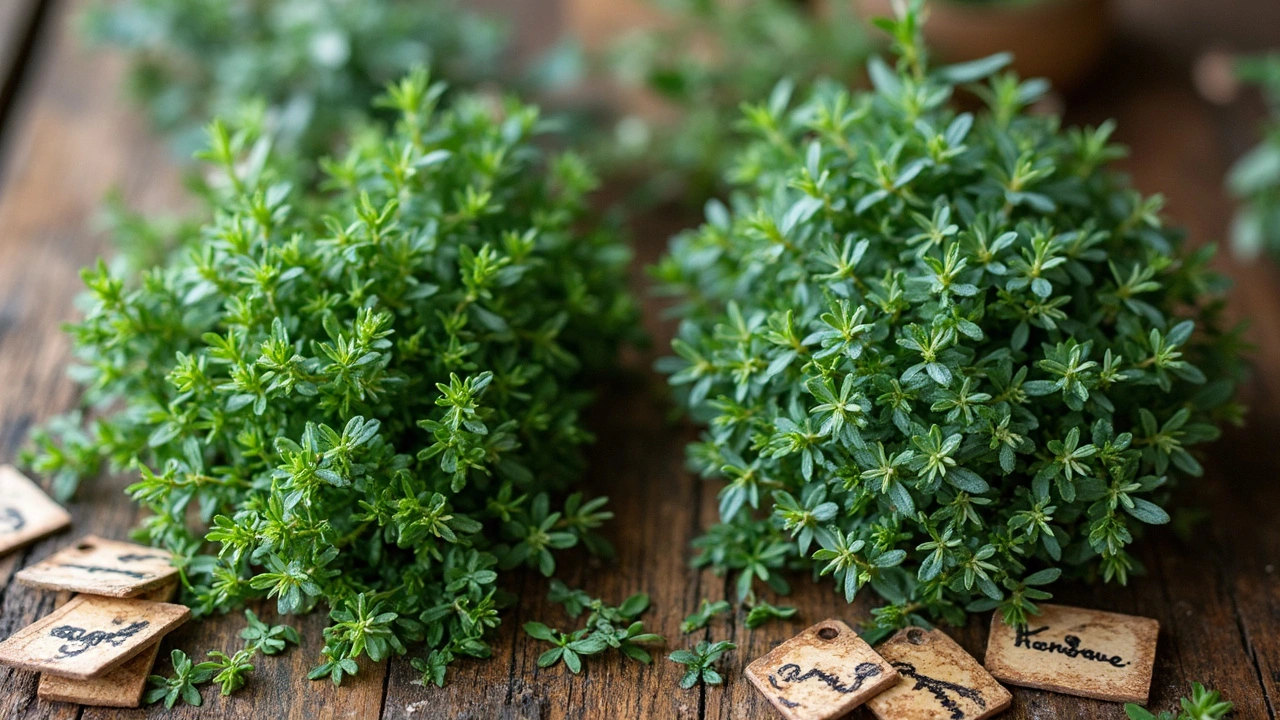Essential Oil Guide – Benefits, Uses & How to Choose the Best
If you’ve ever wondered why essential oil bottles line grocery shelves and wellness blogs, you’re not alone. These plant extracts pack a punch of scent and therapeutic potential, but only if you know what they are and how to use them safely. Below we break down the basics, share quick tips for picking quality oils, and show everyday ways to enjoy them without fuss.
How to Pick High‑Quality Essential Oils
The first step is checking the label. Look for a botanical name (like Lavandula angustifolia) instead of just “lavender.” That tells you the exact plant species used, which matters because different varieties have different chemistry.
Next, scan the ingredient list. A pure essential oil will list only one ingredient – the oil itself. If you see carrier oils (such as almond or jojoba), diluents, or synthetic fragrance terms, it’s a blend, not a true essential oil.
Price can be a good indicator, too. Real, therapeutic‑grade oils cost more because they require careful harvesting and distillation. Extremely cheap bottles often mean the oil is diluted or synthetically reproduced.
Safe Ways to Use Essential Oils
Never apply an undiluted essential oil straight onto skin. Mix a few drops with a carrier oil – olive, coconut, or sweet almond work well – before rubbing on your wrist or temples. A common safe ratio is 1% (one drop of oil per teaspoon of carrier).
If you like diffusing scents, start with 3‑5 drops in a water‑based diffuser and keep the room ventilated. Too much concentration can cause headaches or irritation.
For internal use, only go with oils that are explicitly labeled as food‑grade and follow dosage guidelines from reputable sources. When in doubt, stick to external applications and aromatherapy.
Popular essential oils each have a go‑to purpose: lavender for relaxation, peppermint for a quick energy boost, tea tree for skin blemishes, and eucalyptus for clear breathing. Try one oil at a time so you can notice how your body reacts before adding another.
Remember, essential oils are powerful plant chemicals – they’re not magic cures. Use them as complementary tools alongside proper medical advice, especially if you have health conditions or are pregnant. With the right pick and safe practices, these fragrant extracts can add a simple but effective layer to your wellness routine.
Wild Thyme vs Common Thyme: Essential Oil Potency, Chemotype Differences, and Health Benefits Unveiled
This article uncovers the real differences between wild thyme and common thyme, going deep into their essential oil compositions, chemotypes, and how each stacks up when it comes to potency and health perks. The comparison is hands-on, with a close, detailed look at what makes these aromatic herbs tick. Expect concrete facts, clear science, and practical tips for choosing the right thyme for your needs. By exploring everything from their wild growing habits to their chemical secrets, this guide gives you all the knowledge you need to make smarter choices. Explore powerful uses, smart kitchen tips, and the truth about which thyme works best.
About
Natural Remedies
Latest Posts


Ear Infections in Children: When to Use Antibiotics, Tubes, or Watchful Waiting
By Orion Kingsworth Dec 20, 2025

Explore Top 9 Alternatives to RexMD.com for ED Medications
By Orion Kingsworth Feb 27, 2025

Elimite (Permethrin) vs. Top Scabies Alternatives - What Works Best?
By Orion Kingsworth Sep 24, 2025

